Last updated on February 28, 2024
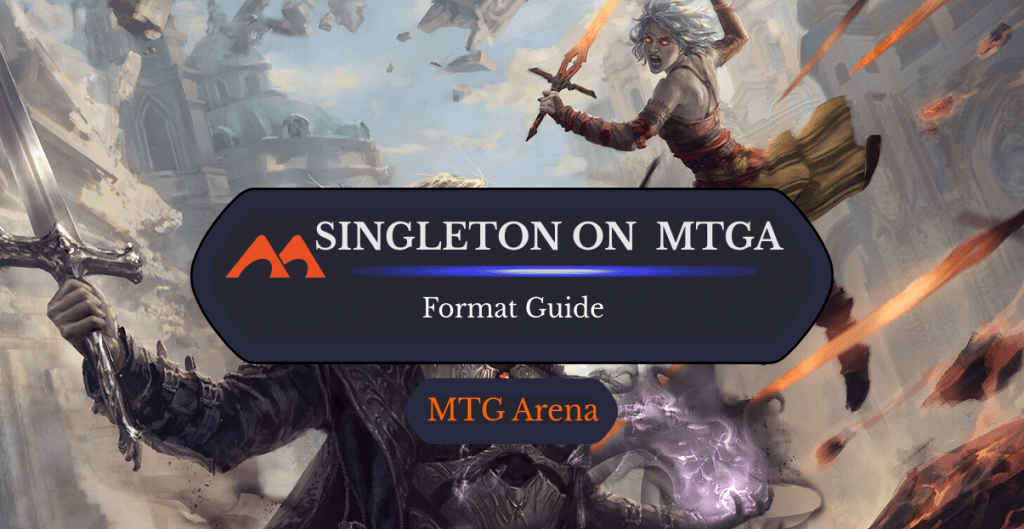
Single Combat | Illustration by Livia Prima
Singleton formats (also known as Highlander) have grown in popularity over the last decade, especially with Commander’s immense growth. There's also a ton of variety in these formats with their own deck construction, card legality, and even special rules. Heck, a couple of them are officially sanctioned formats and get product support from Wizards themselves in the Commander precons!
But what exactly makes a format a singleton format and what other options are out there beyond just Commander and Brawl? I'm gonna explain it all like Melissa Joan Hart in a 90s sitcom about being a teenage girl.
What Is a Singleton Format?
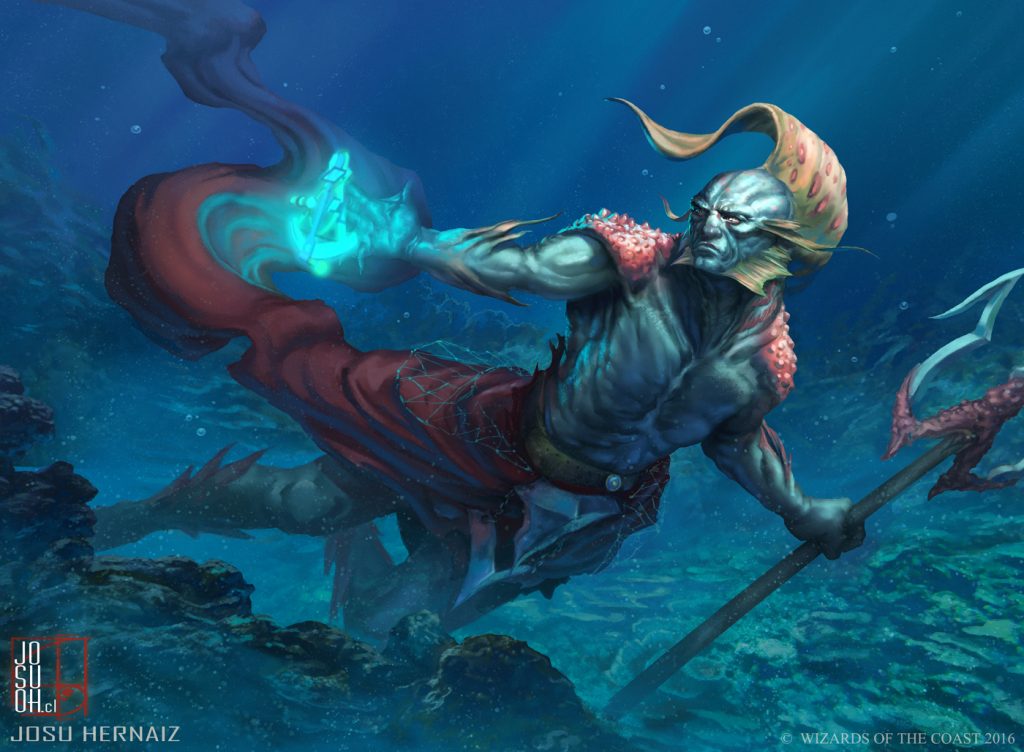
Thrasios, Triton Hero | Illustration by Josu Hernaiz
Singleton formats are formats that can’t have any duplicate cards, which means every card has to be unique and can't share its name with any other card except for basic lands. Most singleton formats don't allow sideboards either, but this isn’t a hard rule.
Each format has its own card legality rules including ban lists and available card pools, though most are Legacy– or Vintage-legal cards so almost anything is allowed.
What Singleton Formats Are Available on MTGA?

Arena currently only supports Brawl and its Historic equivalent, Historic Brawl. Wizards sometimes has special singleton events with their own unique rules, but these aren’t official and often only last for a few days at a time. Brawl was originally created for Arena and is the closest thing to Commander you'll get on there.
There’s also a community format known as Gladiator that’s been popular for a while. While it's not officially sanctioned by Wizards it does have its own fan base and was once used for a special event known as “Super-Singleton.” I highly recommend checking their site and trying a game or two if you’ve never played before.
What Other Formats Have There Been on MTGA?
Like I mentioned earlier, MTGA has had a couple of singleton events here and there, the biggest one being the Super-Singleton event. Its ban list was slightly different than Gladiator's but was all Historic-legal cards up until that point. Sadly there are no other formats I can find that have any actual news about them.
Overview of Singleton Formats on MTGA and Off
Hopefully, as the card pool in Arena expands we'll be able to see more of these making their way over to the digital realm.
Commander
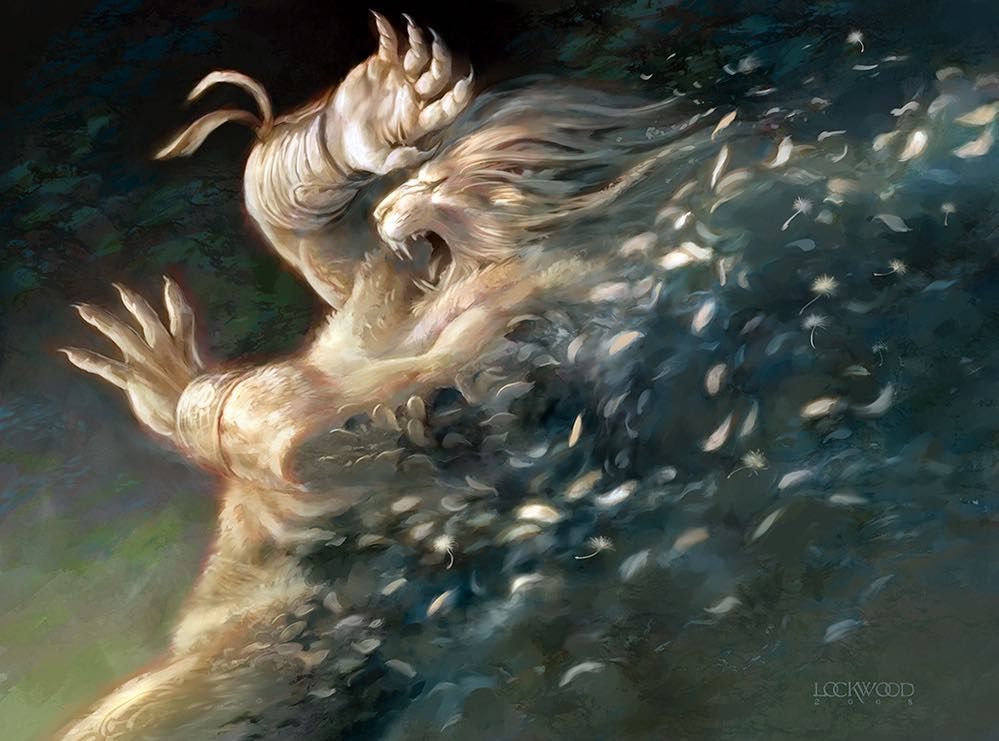
Path to Exile | Illustration by Todd Lockwood
You know it, you love it, you probably play it with your friends! Commander is now the second-most popular format behind kitchen table Magic. It's my favorite format by far and I play with my friends once a week.
EDH has an expansive card pool that includes everything Vintage-legal with a ban list for some problematic cards here and there. The depth and variety of decks are impressive and one of the reasons why I keep coming back to Magic. I get to do some of the silliest combos and interactions that either win the game or make a hilarious board state. Either way, it’s a win in my book. Commander even has different variants for 1v1 or group play, so you can try those out too!
Brawl and Historic Brawl
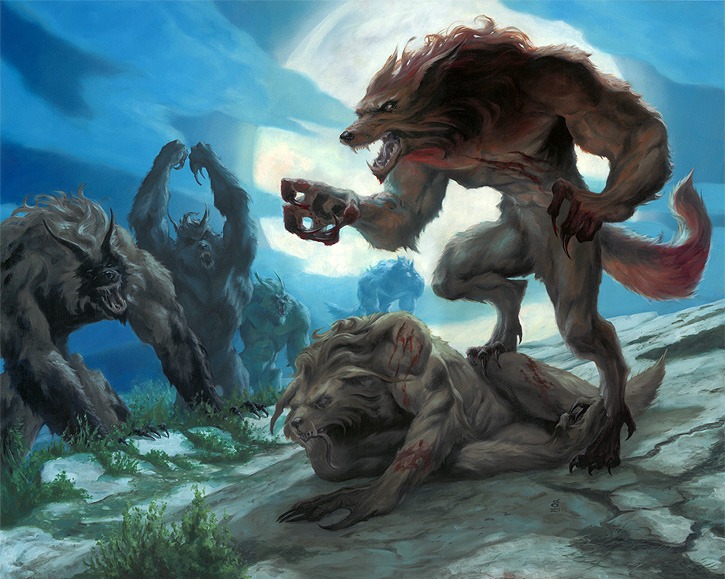
Alpha Brawl | Illustration by Randy Gallegos
MTG Arena's answer to the Commander format. Brawl is a 60-card format with a legendary creature or planeswalker as its commander and plays very similar to Commander. It's not possible to have full-on Commander games thanks to MTGA’s limited card pool so Brawl was created as a newer low-power format.
There’s also the Historic Brawl variant as a slightly more powered version of the format.
Canadian Highlander

Sol Ring | Illustration by Mike Bierek
One of the old Highlander formats, Canadian Highlander sports a Vintage card pool and a unique ban list. The coolest thing about this format is its points system where particularly powerful cards are worth a number of points.
You then get 10 points to spend on these cards when constructing your deck. This makes deckbuilding a little varied since you have to weigh the pros and cons of using cards like Sol Ring, Thassa's Oracle, and Demonic Tutor to balance your point total.
European Highlander
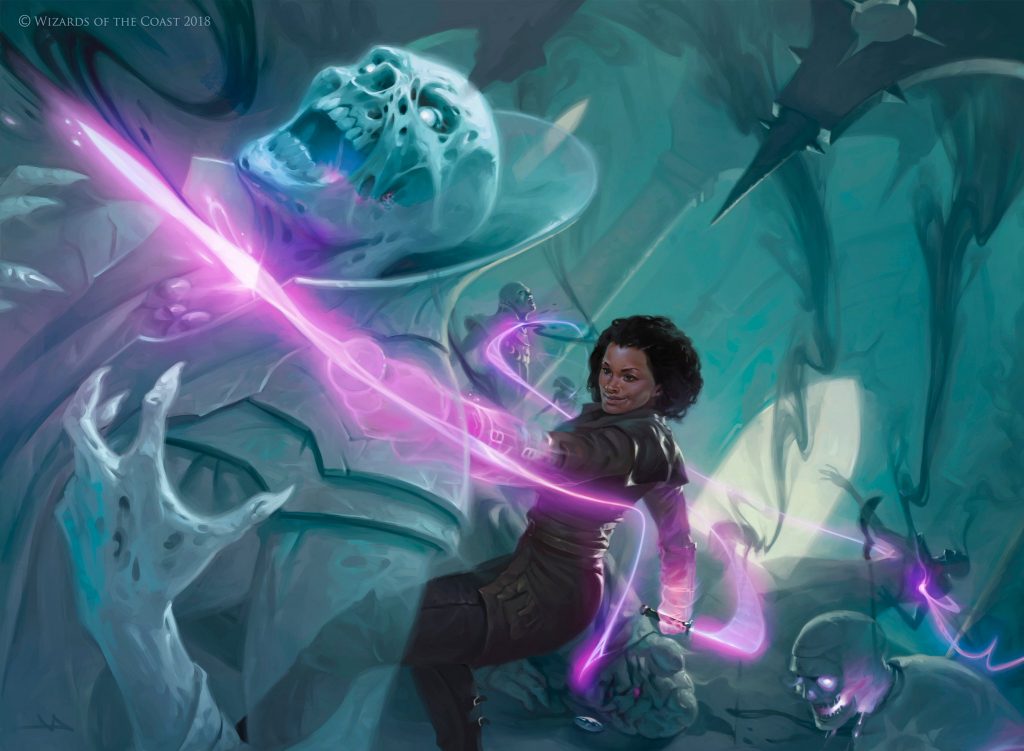
Kaya's Wrath | Illustration by Victor Adame Minguez
Also known as German Highlander, European Highlander dates all the way back to 2004 when a player named Frank Topel published an article about a unique singleton format he played in Dortmund. The format has since grown and flourished to its own community of players. They sport a robust ban list over a points system and seem to be pretty involved with the community.
Australian / 7-Point Highlander
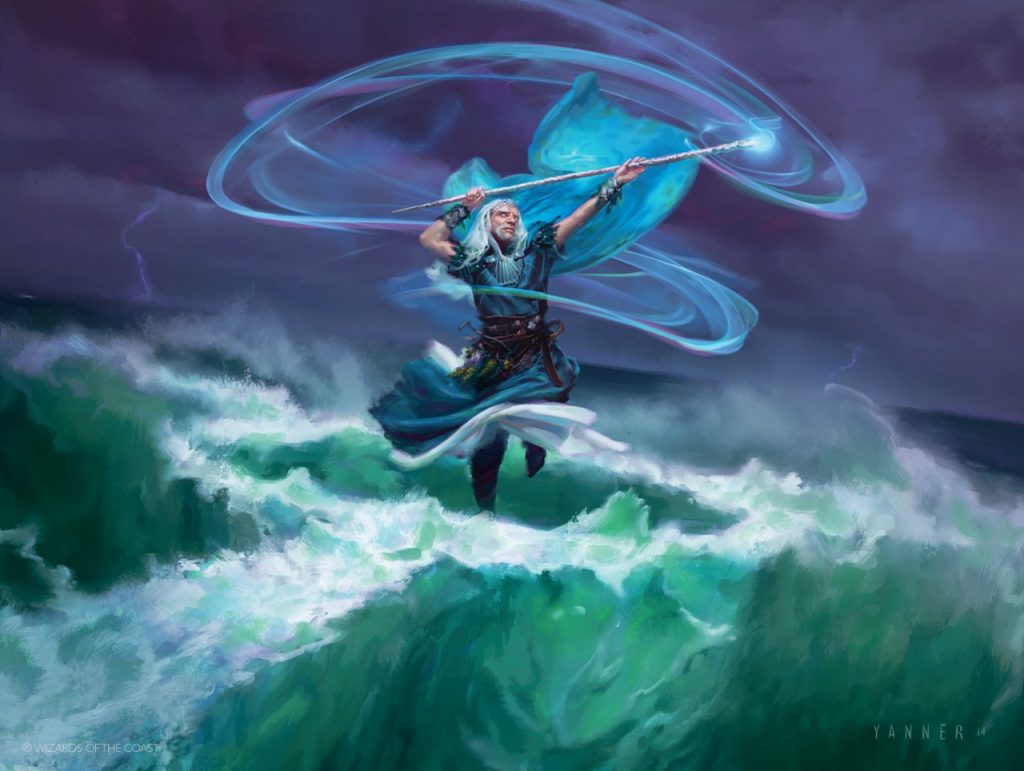
Mystic Confluence | Illustration by Kieran Yanner
The last of the “Highlander” formats, Australian Highlander combines both European and Canadian formats into a unique flavor. Alongside their Vintage card pool, they also use the Vintage ban list paired with a 7-point system like Canadian Highlander with different point values and a wider variety of cards. This variation consists of 60-card decks and 15-card sideboards, which is unique compared to the other formats I’ve discussed.
Tiny Leaders
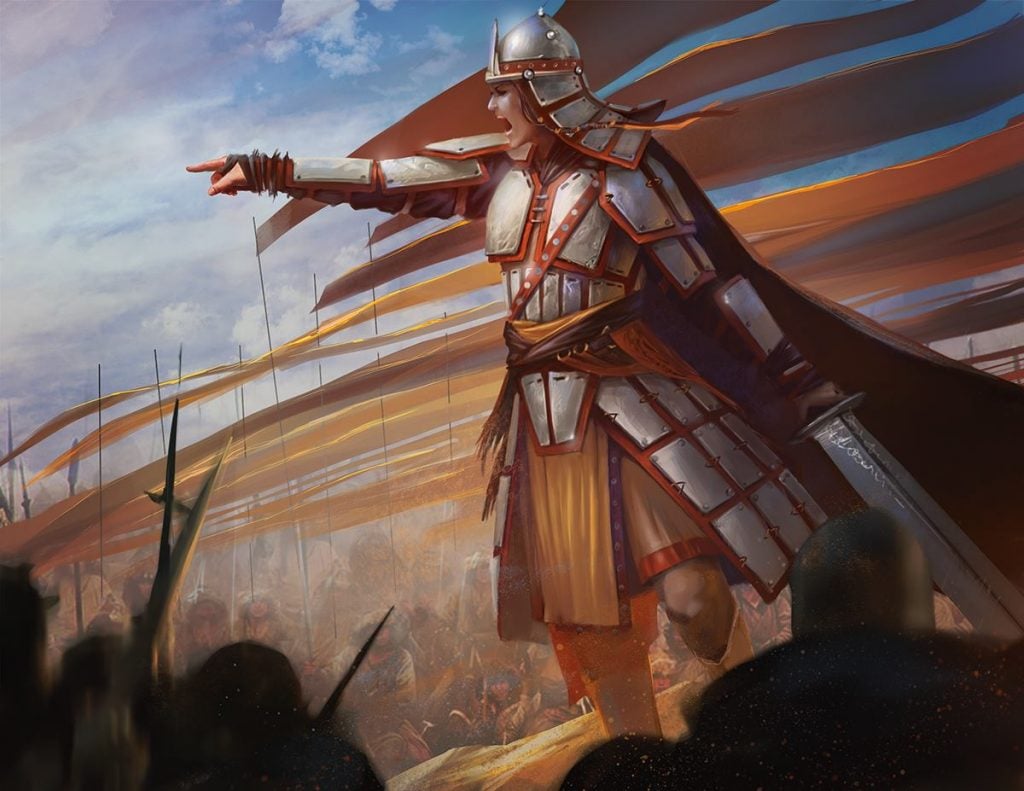
Alesha, Who Smiles at Death | Illustration by Anastasia Ovchinnikova
Tiny Leaders is a unique little blip in the timeline of Magic's history. It popped back up in 2013 as a variant of Commander with one big deckbuilding restriction: all of the cards in your deck must have a mana value of three or less.
This makes the game’s dynamics much more interesting. Sadly the format sort of came and went and I don't see many players talking about it anymore. Everyone in my area had already stopped playing by the time I put together an Alesha, Who Smiles at Death deck.
It looks like the format is barely clinging to life if you peep at the format's subreddit and website. A lot of its community talks about balance issues and lack of activity. Two projects have risen from the ashes of what's left, forming “The Tiny Leaders Conservation Project” and “Tiny Leaders Reborn,” but both of these are incredibly new and there's not much going on yet.
Oathbreaker
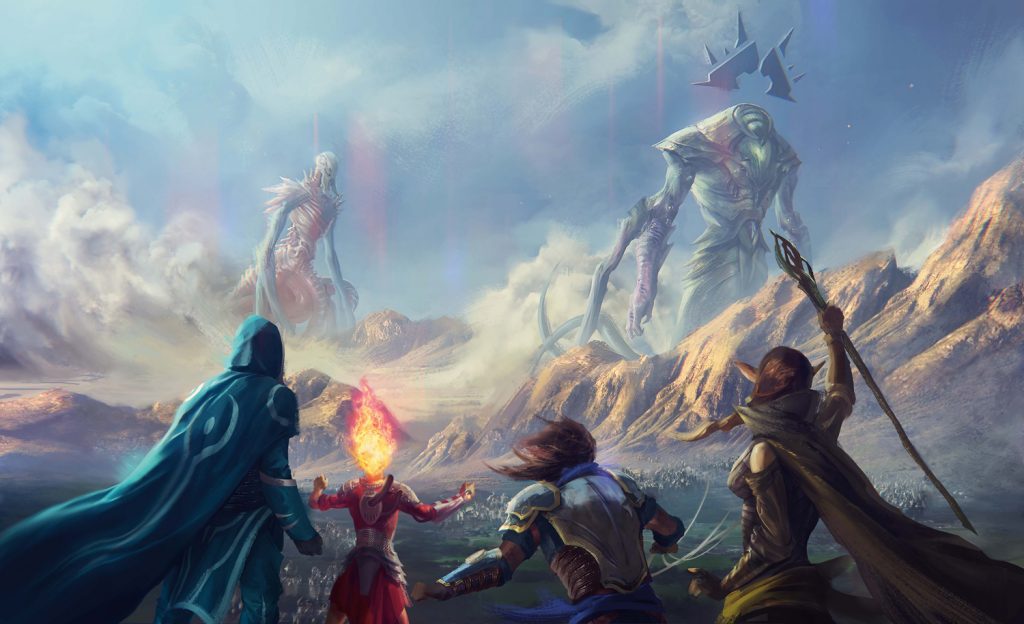
Call the Gatewatch | Illustration by Yefim Kligerman
Oathbreaker is another Commander offshoot with its own unique twist. Instead of a legendary creature as your commander you have a legendary planeswalker as your “oathbreaker” and an instant or sorcery as your “signature spell,” with both adhering to the same color identity rules as a commander. Oathbreaker decks are 60 cards including your Oathbreaker and Signature Spell and there are no sideboards.
While the format seems to be quietly staying afloat. It's got a small and active following on social media and has its fans.
Tips for Building a Singleton Deck
There are a bunch of ways to build a singleton deck, and then there's trying to do it right. I'll give you some tips on how I build my decks, but keep in mind that these are heavily skewed for Commander so they may not always apply depending on the format you're playing.
Ready? Let’s get started!
Ramp is Important
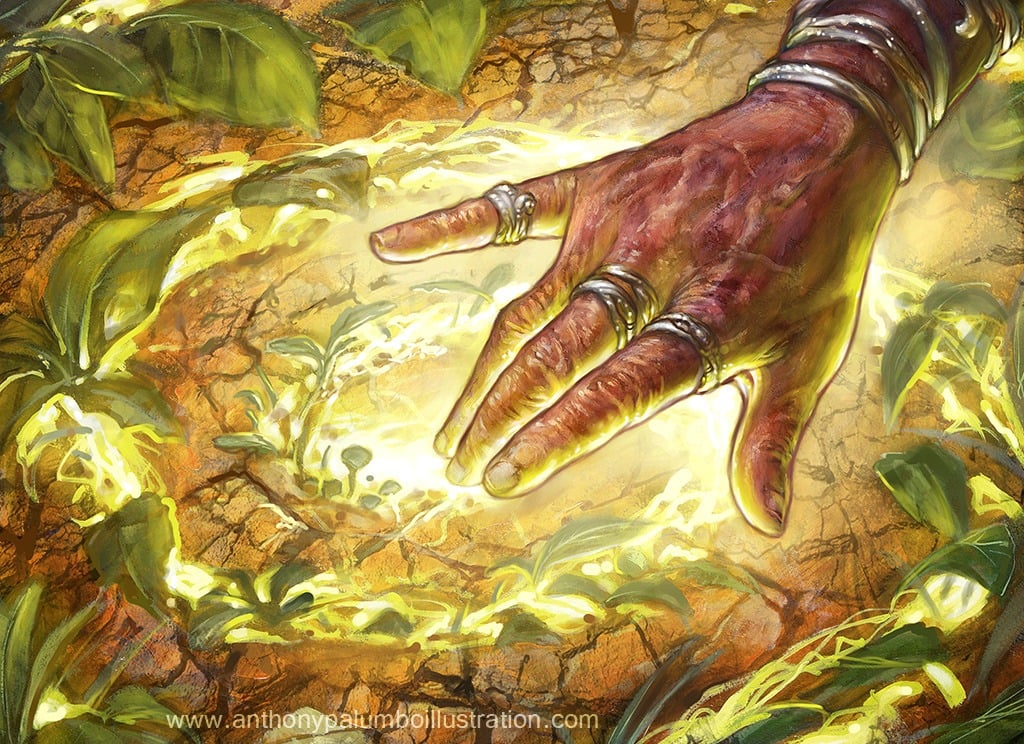
Cultivate | Illustration by Anthony Palumbo
Unlike other formats where ramp can be impactful, ramping in singleton formats has a much bigger impact. Not only does ramp thin your deck, it also ensures you have a play every turn in an ideal world.
Most singleton formats use the Vintage banlist which means a lot of extremely powerful ramp cards are available to take advantage of like Cultivate, Harrow, and Blighted Woodland. And if you have multiple opponents, getting ahead on mana turn after turn often determines the winner.
Consistency is Key (Tutors)
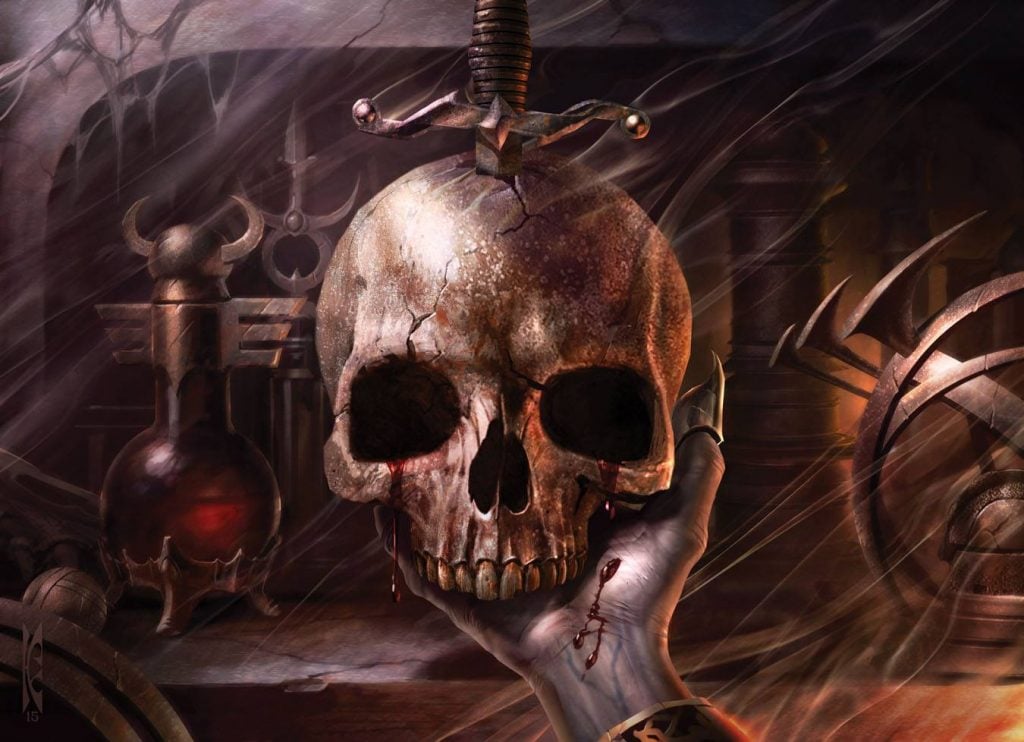
Vampiric Tutor | Illustration by Raymond Swanland
Because singleton formats are intentionally inconsistent, you're going to want to remedy that as fast as possible. This is why tutors are so backbreaking in singleton formats; it essentially means having two copies of any one card at a time.
Paired with heavy card draw, this means you'll have an answer or a play more often than your opponents. Cards like Demonic Tutor, Vampiric Tutor, and Green Sun's Zenith are all-powerful in the right deck. Though it may cost you in power, the great card pools for singleton formats often have a similar card that does what you only have one copy of, these can be your “duplicates”.
Set a Theme and Stick to It
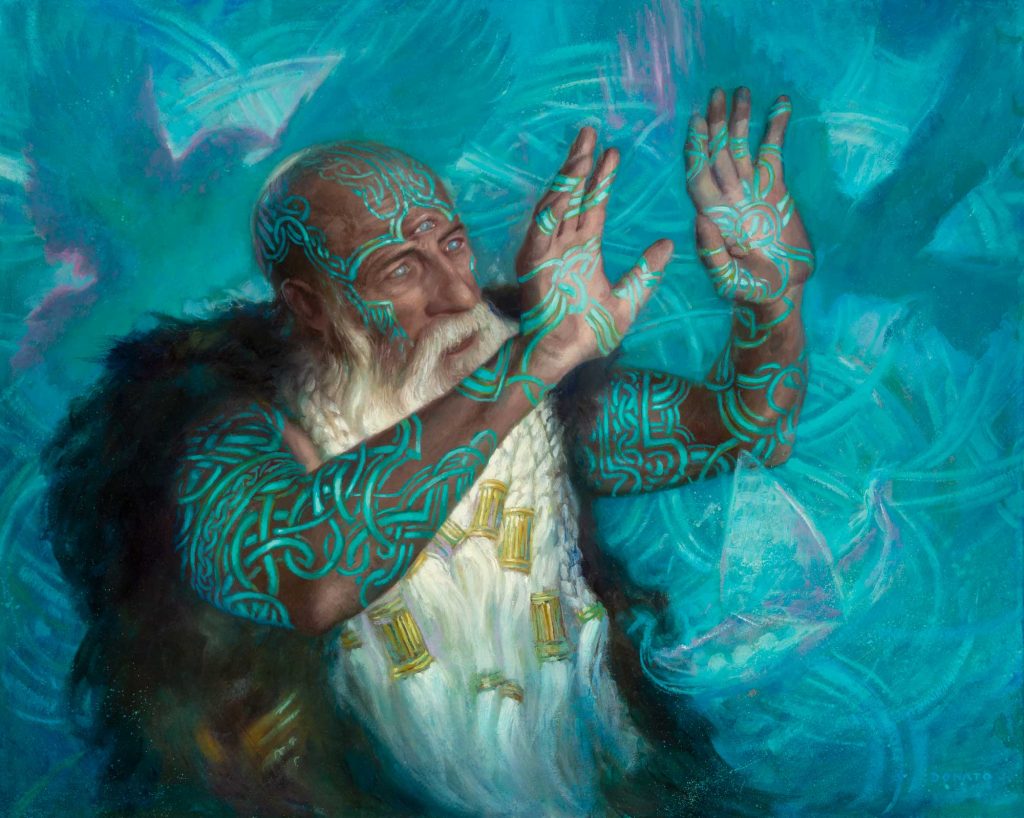
Strategic Planning | Illustration by Donato Giancola
Whether your commander has a theme you can build to support or you're just playing some Canadian Highlander with your friends, you don’t want to just pick the best cards in the colors of your choice and then slap them together.
Having a solid idea of how you want your deck to perform is key to any build and you should focus on adding cards that support that theme. Whether it's a Voltron deck, +1/+1 counters, or even infect, make sure your cards support what you’re trying to do.
Have an Endgame
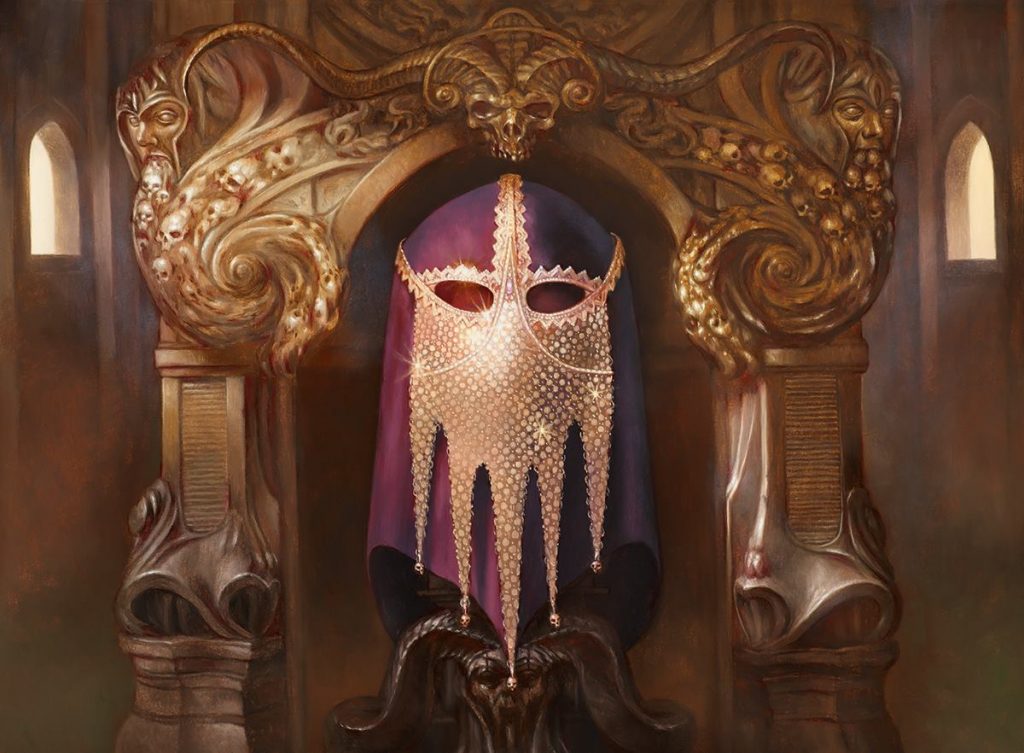
The Chain Veil | Illustration Volkan Baga
Continuing from my last point, figure out how you want to win the game. Are you planning on overrunning the board with Overrun effects? Locking players out of the game with Teferi, Temporal Archmage and The Chain Veil?
Whatever you’re trying to do, make sure the cards in your deck support that and aim for your goal every time.
Sample Singleton Decks
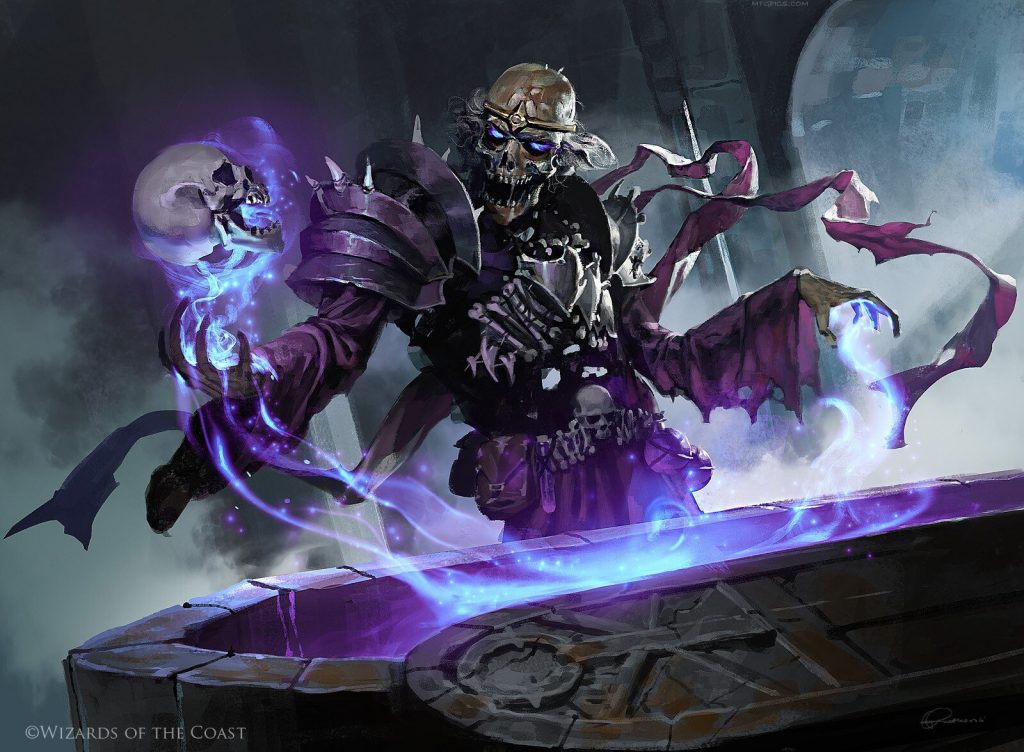
Tormod, the Desecrator | Illustration by Grzegorz Rutkowski
Commander (2)
Thrasios, Triton Hero
Tormod, the Desecrator
Creature (17)
Birds of Paradise
Blood Artist
Bloom Tender
Carrion Feeder
Dark Confidant
Deathrite Shaman
Elves of Deep Shadow
Elvish Mystic
Gilded Drake
Gravecrawler
Hullbreacher
Llanowar Elves
Opposition Agent
Razaketh, the Foulblooded
Seedborn Muse
Spellseeker
Thassa's Oracle
Instant (28)
Abrupt Decay
Ad Nauseam
Assassin's Trophy
Beast Within
Cabal Ritual
Chain of Vapor
Dark Ritual
Delay
Demonic Consultation
Dispel
Dramatic Reversal
Entomb
Fierce Guardianship
Flusterstorm
Force of Negation
Force of Will
Mana Drain
Mental Misstep
Miscast
Mystical Tutor
Nature's Claim
Noxious Revival
Pact of Negation
Swan Song
Tainted Pact
Vampiric Tutor
Veil of Summer
Worldly Tutor
Sorcery (4)
Demonic Tutor
Finale of Devastation
Imperial Seal
Reanimate
Enchantment (5)
Carpet of Flowers
Mystic Remora
Rhystic Study
Sylvan Library
Training Grounds
Artifact (15)
Altar of the Brood
Arcane Signet
Chrome Mox
Fellwar Stone
Grim Monolith
Isochron Scepter
Lotus Petal
Mana Crypt
Mana Vault
Mox Diamond
Phyrexian Altar
Sensei's Divining Top
Sol Ring
Talisman of Curiosity
Talisman of Dominance
Land (29)
Ancient Tomb
Bayou
Bloodstained Mire
Breeding Pool
City of Brass
Command Tower
Exotic Orchard
Flooded Strand
Forbidden Orchard
Gaea's Cradle
Gemstone Caverns
Mana Confluence
Marsh Flats
Misty Rainforest
Morphic Pool
Overgrown Tomb
Polluted Delta
Rejuvenating Springs
Scalding Tarn
Snow-Covered Forest
Snow-Covered Island
Tarnished Citadel
Tropical Island
Underground Sea
Undergrowth Stadium
Verdant Catacombs
Watery Grave
Windswept Heath
Wooded Foothills
This is a neat Commander deck that I’ve been playing recently. It uses Phyrexian Altar paired with Gravecrawler to cast it infinite times from the graveyard as long as you have another zombie out. Tormod, The Desecrator just so happens to be a zombie and it’s in your command zone.
And you also get a bunch of 2/2 zombies since you’re infinitely casting a card from your graveyard. You can generate infinite mana with this combo, trigger Altar of the Brood infinite times, drain for infinite life with Blood Artist, or just exile everyone’s decks with Gravestorm.
This build is heavily on the cEDH side of Commander with multiple ways to win, and it’s an absolute blast. It’s quick, pretty reliable with tutors, and slightly different than what you’d expect in the format.
Why Play Singleton?
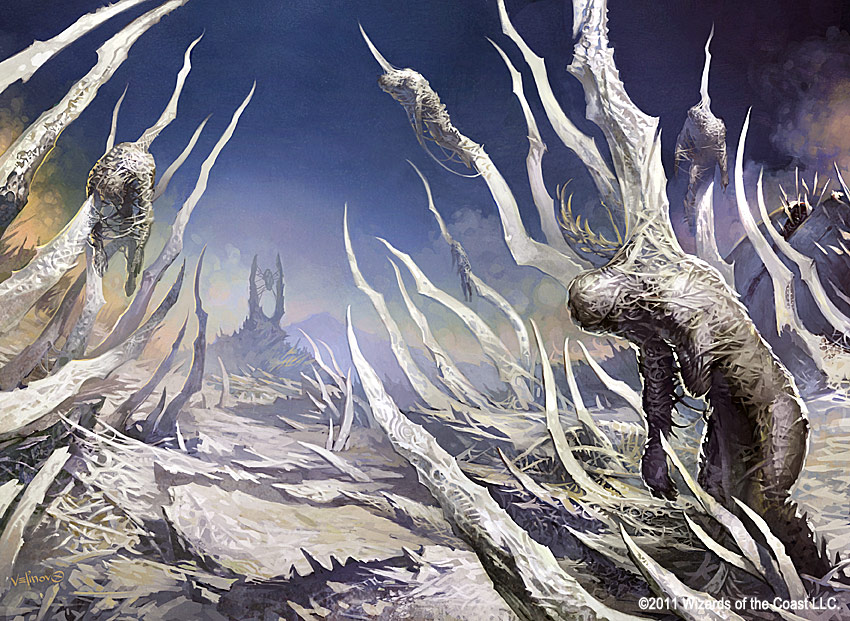
Life's Finale | Illustration by Svetlin Velinov
Singleton formats are a great way to flex your creative muscles and play with powerful rare cards without breaking the bank on a full playset. It's a type of format that’s been around since the early 2000s and there’s definitely no end in sight, especially with how popular Commander is. The unique and interesting variants on a simple ruleset have blossomed into several fantastic communities with their own metagames and fun ways to play Commander.
How do you feel about Singleton? Are you strictly Commander only like me? Or are you a ride-or-die Tiny Leaders player? Tell me all about it below or join the conversation on our Discord.
I'm going to get ready for my weekly Commander meetup and hopefully show them how neat my Tormod/Thrasios deck is. Have a good one!
Follow Draftsim for awesome articles and set updates: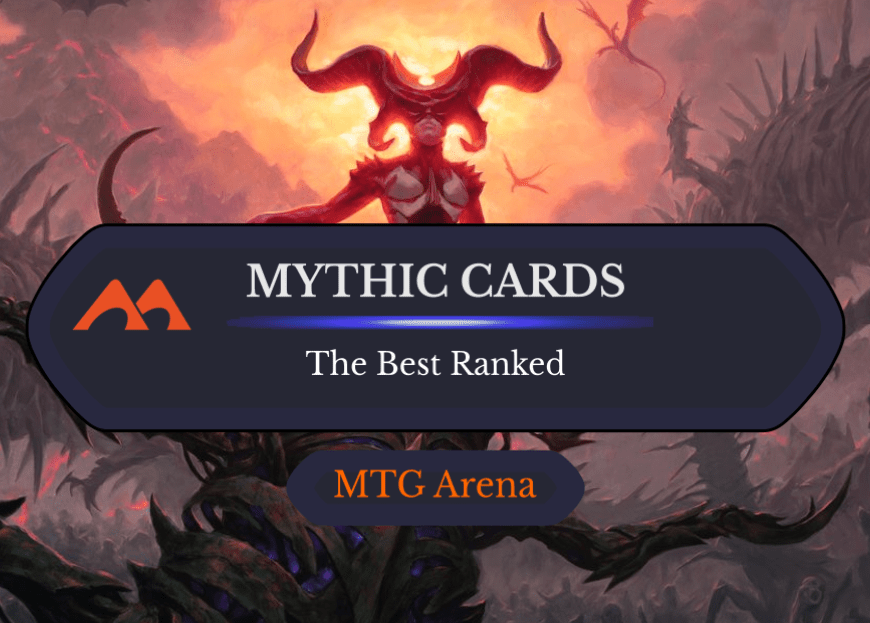
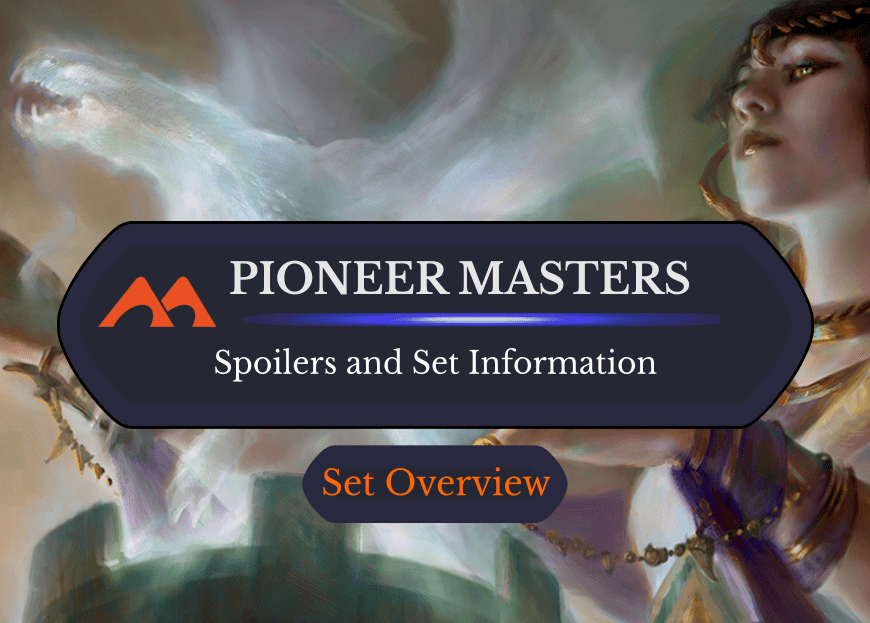
Add Comment